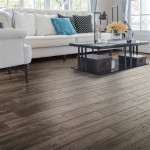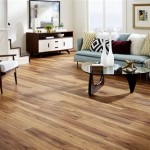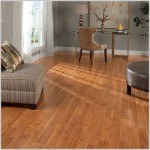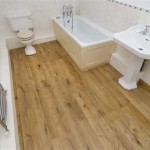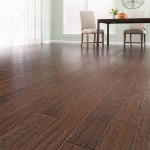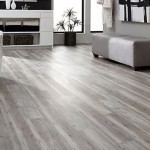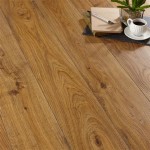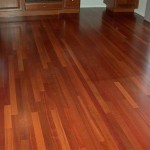Plywood Cut Into Planks for Flooring: Essential Considerations
Plywood is a versatile and durable material that has become increasingly popular for flooring. When cut into planks, plywood offers a unique combination of strength, stability, and aesthetic appeal. However, selecting and using plywood planks for flooring requires careful consideration of certain essential aspects.
Plywood Grade: The grade of plywood significantly impacts its suitability for flooring. For this purpose, select plywood with a higher grade, such as A-C or B-C. These grades typically have fewer surface imperfections and provide greater durability.
Thickness: The thickness of plywood planks affects their ability to withstand loads and resist wear. For residential flooring, planks with a thickness of 3/4-inch to 1-1/8-inch are recommended. Thicker planks are more durable but may be more expensive and require additional support.
Moisture Resistance: Plywood's moisture resistance is crucial for flooring, especially in areas prone to spills and humidity. Choose plywood treated with a moisture-resistant adhesive, such as marine-grade or exterior-grade plywood. These treatments help prevent the plywood from swelling, warping, or rotting.
Surface Finish: The surface finish of plywood planks determines their appearance and resistance to wear. Choose plywood with a smooth and clean surface, free from splinters or rough edges. If desired, you can apply a stain or paint to enhance the aesthetic appeal and protect the surface.
Installation: Installing plywood planks for flooring involves specific techniques and considerations. Use a nail gun or screws to secure the planks to a subfloor or joists. Ensure that the planks are properly aligned and spaced to prevent buckling or warping. A floating floor installation may also be an option, but consult a professional for guidance.
Maintenance: Maintaining plywood flooring is relatively straightforward. Regular sweeping, vacuuming, or mopping with a damp cloth will suffice for most cleaning needs. Avoid using harsh chemicals or abrasive cleaning materials, as they may damage the surface finish. Occasional refinishing or sealing may be necessary to restore the appearance and protect the flooring.
By carefully considering these essential aspects, you can ensure that your plywood planks for flooring provide both aesthetic beauty and long-term durability. Whether you opt for a traditional or a contemporary look, plywood planks offer a versatile and practical solution for your flooring needs.

Diy Rustic Wide Plank Plywood Flooring Our Project Ideas

Diy Rustic Wide Plank Plywood Flooring Our Project Ideas

Diy Rustic Wide Plank Plywood Flooring Our Project Ideas

Diy Rustic Wide Plank Plywood Flooring Our Project Ideas

The Pros And Cons Of Plywood Floors A Erfly House

Diy Plywood Floors Remodelando La Casa

Flooring Advice Wide Plank Floor Made From Plywood Nc Woodworker

Diy Plywood Plank Floors Centsational Style

Diy Rustic Wide Plank Plywood Flooring Our Project Ideas

Low Budget Diy Plywood Plank Floors Diydork Com
Related Posts

